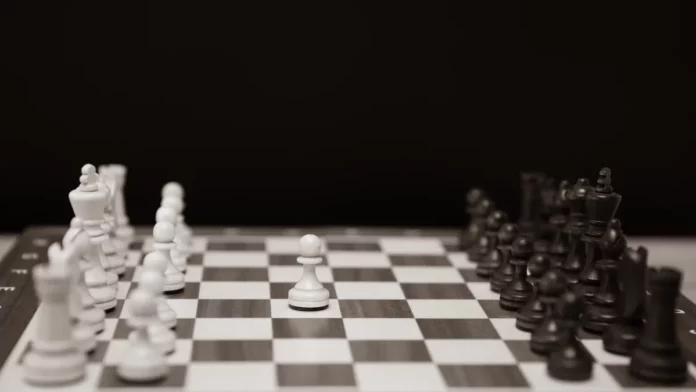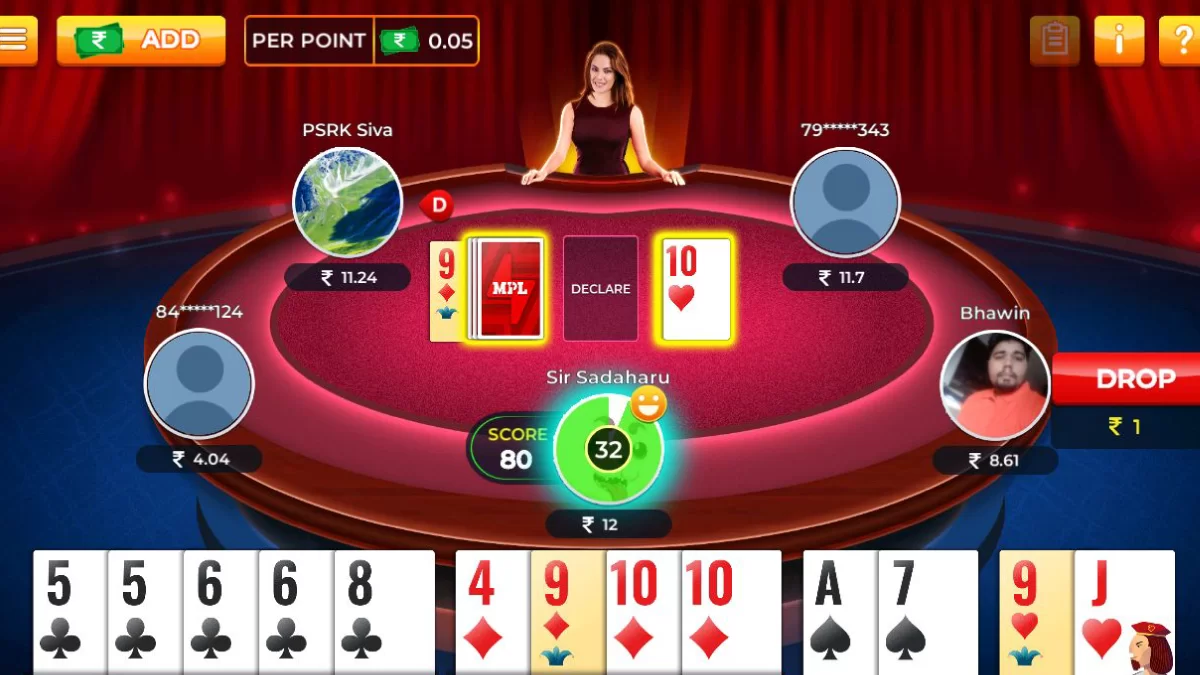One of the oldest board games in history, the game of kings, Chess, is still a popular game and sport that intrigues millions across the globe. While there are many people who play chess, most players wouldn’t know who invented chess, how chess originated, and its intriguing history. As interesting as the chess game is, the story of origin and the journey of chess over the years is something you shouldn’t miss. Read on to immerse yourself in the deep history of chess and how the game has developed through the centuries.
Also Read: Five greatest chess players of all time in the world
When did the Chess game originate?
The popular game of chess dates back to nearly 1500 years when its earliest-known predecessor was called Chaturanga in India. The early forms of the game originated in India as Chaturanga – a four-player war game that included the key aspects of modern chess. Chaturanga translated to four divisions being infantry, cavalry, elephantry, and chariotry in the military.
Chaturanga was played on a grid of 8×8 squares with pieces quite similar to that of modern chess. The rules of Chaturanga were similar to modern chess with few differences, such as limitations in rules for moving queens and bishops. The objective of chaturanga also seems to be somewhat different as players could win by capturing all of the opponent’s pieces besides the king.
The popularity of the game spread across the Asian continent to Persia, where the Rajah (the King piece) assumed the name of the Shah. The name of chaturanga was changed to chatrang by the 10th or 11th century.
The game further spread to the Islamic Arab world and Europe. It also found prominence in China, Japan, and other Southeast Asian countries, evolving into games such as shogi and xiangqi – Japanese and Chinese chess, respectively.
Chess was predominantly played in a Romantic chess playing style from the late 18th century, with quick and tactical movements.
Chess History – Intriguing Ancient Legend
The history of the popular game of kings is highly debatable. There are numerous stories, legends, and guesses related to how chess originated. According to one of those interesting ancient legends, chess was invented by Grand Vizier Sissa Ben Dahir and gifted to the Indian King Shirham, also known as Shahram. Delighted by the gift, the king offered to reward him with anything he wanted, provided that it was reasonable.
The Grand Vizier requested just one wheat grain on the first square of the chessboard, followed by two on the second square, four on the third, and continue to double the number on the successive squares until all the squares on the chessboard are filled with grains.
Underestimating the request of the Grand Vizier, King Shahram laughed at the request of a small gift and instantly asked someone to calculate how many wheat grains would be required. It took a week to arrive at the number, which shocked the King. The average number of grains that would fill up all the squares as per the Vizier’s request came to 18,446,744,073,709,551,615 grains which were equal to the harvest of several decades for the whole world.
The king ordered his men to fulfill the Vizier’s request and learned a lesson of never underestimating small things in life and hence, the pawns in chess.
Also Read: Who are the Top 10 Indian Chess Players?
Chinese Roots of Chess
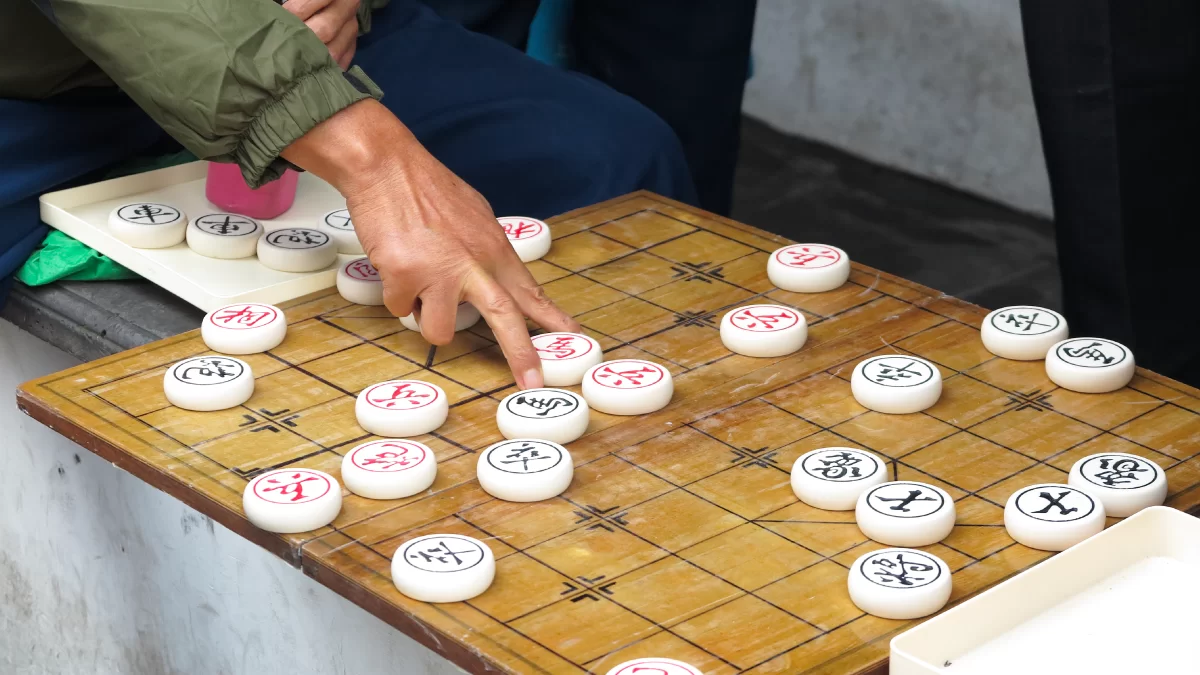
While many believe that chess originated in India, some believe that the game was invented in China. As per legend, chess originated around 200 B.C. Hán Xin, a commander, invented chess to represent an important battle in the history of China. The game was soon forgotten and resurfaced in China with new rules in the 7th century A.D.
Chess became popular with the name XiangQi, which meant elephant game. However, XiangQi was quite different from today’s chess games. The pieces, chess rules, and board were different as well. The belief is that this game spread from China to India and then Persia, where it modified into the chess game played on the 8×8 chessboard with the chess pieces most people are familiar with.
Arrival in Europe & Influence on Chess
During the 12th and 13th centuries, chess traveled to Europe from Arab. The game was passed to SOuthern Europe through the Byzantine Empire and to Muslim Spain through North Africa. Chess was quickly adopted by the medieval kings and the European nobility, and its popularity peaked during the late medieval period.
The nobles and aristocrats associated with the game and young knights considered learning chess as an essential skill, just like aristocrats in ancient China learned the Go game. While chess was an essential skill for the knights, it was also associated with gambling, violence, and revelry, due to which some of the Catholic Churches attempted to ban the game.
European Influence on Chess
As chess gained immense popularity in Western Europe and other parts of the continent, the game underwent numerous mechanical and cosmetic changes. The European players introduced the checkered boards and changed the names of pieces to resonate with the medieval European figures. For instance, bishops, knights, and rooks reflected the figures of medieval Europe.
During this period, the chess games lasted from hours to days. The game’s slow pace led to numerous changes in the rules, such as the option to move the pawns two spaces in the front on the first move. The development of castling also helped protect the king from early stages.
In 1500, the South European chess players introduced several changes in the game, making the bishop and queen pieces more powerful. The game was shortened considerably as well during this period. This is when the modern game and chess theory started coming into the picture. Chess legends such as Ruy Lopez de Segura and the Frenchman Andre Danican Philidor also greatly influenced the game as they analyzed principles of chess openings and end game situations.
Also Read: A Guide to Chess Terms, Pieces, Point Values, and Opening Moves
Modern Chess – How did chess become a competitive sport?
In the 1880s, chess began to take shape into the modern chess game that we are familiar with. The period when chess was developing into the modern game was known as the romantic era of chess, where players used various tactics, dynamic play, and wild sacrifices while playing chess. A popular game from the romantic era was the Immortal game between Adolf Anderssen and Lionel Kieseritky. The game gained fame as Andersen lost most of his pieces to checkmate Kieseritky.
The 19th century witnessed players join chess clubs and chess becoming a picture in newspapers and modern European life. 1851 was the year of the first international chess tournament in London. This tournament led to variations in speed chess, the development of modern timekeeping, and sealed moves. In 1886, the first official World Chess Championship was hosted, witnessing Wilhelm Steinitz as the first official World Chess Champion. Wilhelm Steinitz, the first undisputed world chess champion, played in an aggressive Romantic style but developed the positional style of play that dominated in the 20th century. Adolf Anderssen also played a vital role in bringing modern chess problems to fame.
Some of the other popular players of that time included Emanuel Lasker, who was the World Champion for 27 years, and Paul Morphy, the early chess prodigy.
World Chess Federation
In the 20th century, the World Chess Federation, also known as FIDE, standardized chess rules and held international competitions. New styles of play and the development of chess theory were introduced in the early parts of the century.
World Champion Mikhail Botvinnik and other World Champions like Garry Kasparov and Anatoly Karpov dominated the chess game for most of the 20th century. The famous match between Boris Spassky and Bobby Fischer in the World Championship Match of 1972, also called the Match of the Century, turned out to be a major event in the Cold War between the USA and the Soviet Union.
Also Read: World Chess Championship – The History, Top Champions, and Interesting Facts
Introduction of Computers and the Impact of Chess
Chess computers and online chess games came into the picture in the postwar period. Chess computers that could defeat the best chess players led to dramatic effects on the game. For instance, IBM’s Deep Blue was able to defeat Kasparov, the reigning world champion, in a historic match of 1997.
The advent of chess computers, chess engines, and databases aided players in identifying the errors in their playing style and finding brilliant new moves that hadn’t been played earlier.
No particular chess strategy or style dominates the game in modern chess that we know today. Players implement various strategies and tactics in their game. The current world champion, Magnus Carlsen, is known for using different openings to confuse his opponents.
All-time Memorable Chess Matches
There are three unforgettable matches in the history of chess and have historians and players referring to them. These matches captured the spirit of the game in that period and introduced new chess strategies and ideas. The following matches were the most memorable matches in chess history.
The Immortal Game: Adolf Anderssen vs. Lionel Kieseritzky
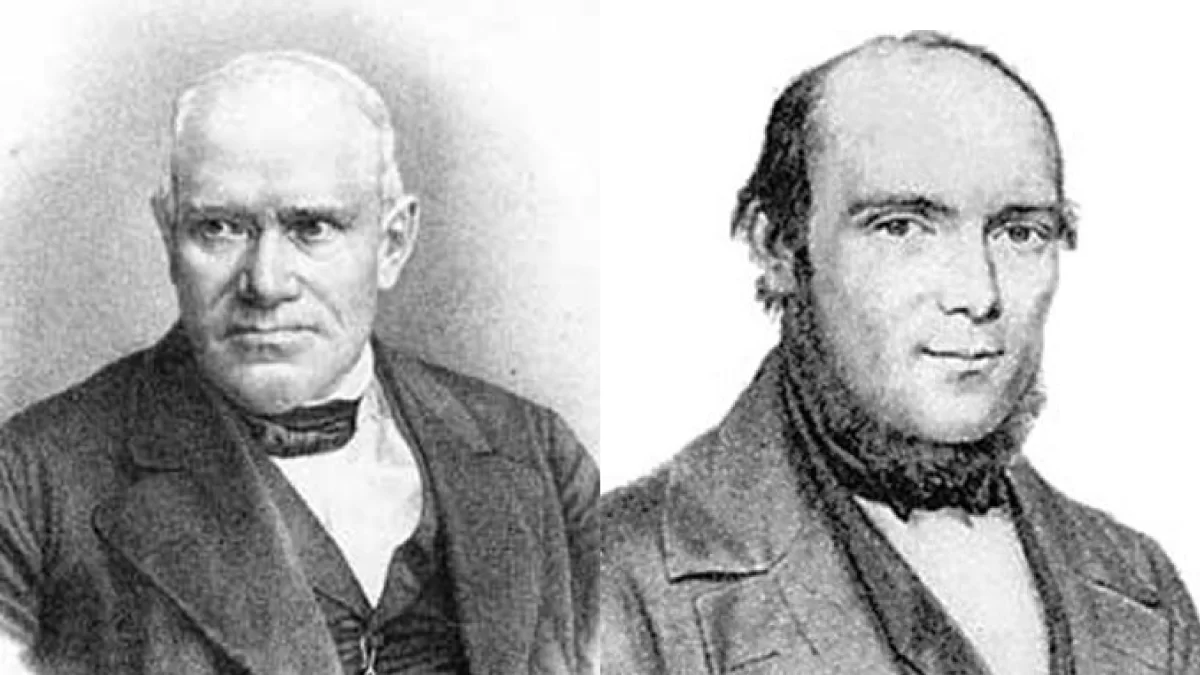
The match between the German Masters, Lionel Kieseritzky and Adolf Anderssen, became popular as the ‘Immortal Game’. The game, played in the Romantic era, introduced aggressive attacking and daring gambits that led to its popularity.
The Game of the Century: Bobby Fischer vs. Donald Byrne

In 1956, the then 13-year-old Bobby Fischer won the Rosenwald Memorial Tournament at the Marshall Chess Club against Donald Byrne. The match was called the Game of the Century, a masterpiece in the history of chess prodigies, as a 13 yeard old boy performed a combination play against a formidable opponent. The daring sacrifices, including a queen sacrifice that Bobby Fischer transformed into strategic advantages, made the game a notable one in the history of chess.
Game 6: Kasparov vs. Deep Blue
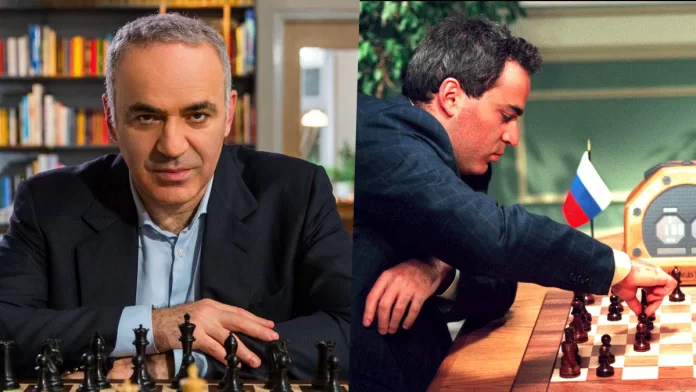
The then World Champion, Garry Kasparov, played a series of matches in 1996 and 1997 against the IBM supercomputer Deep Blue. Game 6 in 1997 was the last game between Deep Blue and Kasparov. Though Kasparov had won the match in 1996, this game witnessed an improved version of Deep Blue. Using an ingenious knight sacrifice, Kasparov was forced to resign in less than 20 moves. The Result- the reigning world champion, Kasparov, lost to Deep Blue.
History of Chess in a Nutshell
With many hypotheses and beliefs about the origin of chess, it is rather difficult to point out who invented chess and where the game truly originated. However, one thing that we learned was that chess changed numerous times as it spread across continents and centuries. The different roots of the chess game, the championship matches, Grandmasters, World Chess Champions, and popular legends contribute to the rich and intriguing history of chess. No wonder the chess game hasn’t lost its popularity over centuries and continues to be a popular competitive sport and a leisure game on online gaming platforms as well as international competitions.


